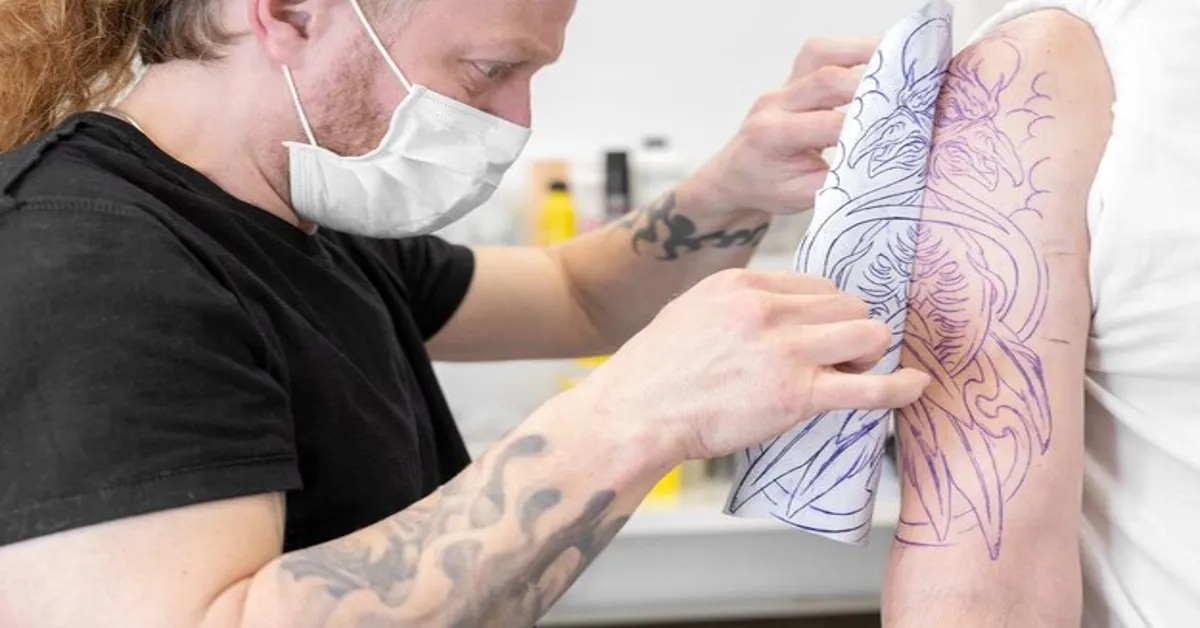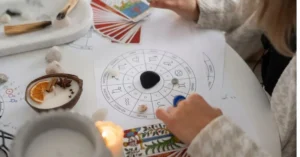Tattoos have been a form of self-expression for centuries, but in recent years, fine line tattoos have taken the tattoo industry by storm. These delicate, intricate designs offer a minimalist aesthetic that appeals to both tattoo veterans and first-timers. But what exactly is a fine line tattoo, and why are they so popular?
In this guide, we’ll explore everything you need to know about fine line tattoos, from their origins and techniques to aftercare tips and design inspiration. Whether you’re considering your first tattoo or adding to your collection, this article will help you make an informed decision.
What is a Fine Line Tattoo?
A fine line tattoo is a tattooing style that uses single-needle or very thin multi-needle techniques to create delicate, precise, and intricate designs. Unlike traditional tattoos, which often use bold lines and shading, fine line tattoos focus on subtle, lightweight designs with minimal shading and maximum detail.
These tattoos are characterized by:
- Thin, delicate lines
- Minimalistic designs
- Subtle shading or dot work
- Highly detailed artwork
Fine line tattoos can be used to create a variety of designs, from small, simple symbols to highly detailed pieces like portraits, floral tattoos, and script lettering.
The History and Rise of Fine Line Tattoos
Fine line tattoos emerged as part of the modern tattooing movement, influenced by contemporary art, minimalist aesthetics, and advancements in tattoo technology.
- Early Beginnings: Traditional tattoos relied on thicker lines and bold shading due to the limitations of early tattoo machines and ink quality.
- Modern Evolution: As tattooing tools improved, artists began experimenting with finer needles, creating detailed designs with a lighter touch.
- Celebrity Influence: Social media and celebrity endorsements have played a significant role in the popularity of fine line tattoos. Stars like Hailey Bieber, Rihanna, and Miley Cyrus have been seen sporting minimalistic fine line designs.
- Instagram & Pinterest Boom: Fine line tattoos gained momentum due to their photogenic nature, making them widely shared across digital platforms.
Why Are Fine Line Tattoos So Popular?
Fine line tattoos have gained popularity for several reasons:
✔ Subtle and Elegant: They offer a classy, timeless look that is suitable for a variety of personal styles. ✔ Less Painful: Because they use a single-needle or thin multi-needle technique, they tend to be less painful than traditional tattoos. ✔ Faster Healing Time: Due to minimal skin trauma, fine line tattoos generally heal faster compared to traditional tattoos. ✔ Great for First-Timers: The delicate nature of these tattoos makes them a good choice for those new to tattooing. ✔ Versatile Designs: They work well for script tattoos, botanical designs, geometric patterns, and minimalist portraits.
Techniques and Equipment Used in Fine Line Tattoos
Fine line tattooing requires specialized skills and tools to achieve its delicate and detailed look. Some of the techniques and equipment include:
1. Single-Needle Tattooing
- Uses a single, ultra-fine needle to create precise lines.
- Allows for intricate detailing and fine shading.
2. Thin Multi-Needles
- Artists may use 3RL (round liner) or 5RL needles for slightly thicker fine lines.
- Provides more stability for long lines while maintaining a delicate aesthetic.
3. Dot Work and Soft Shading
- Many fine line tattoos include dot work or soft shading instead of bold, solid fills.
- Creates depth and texture while keeping the design subtle.
4. Ink Quality and Machine Control
- High-quality, black and gray ink is preferred for crisp lines.
- Artists use rotary machines for smoother, precise needle control.
Pros and Cons of Fine Line Tattoos
While fine line tattoos are stunning, they come with advantages and disadvantages:
✅ Pros:
✔ Minimal pain compared to traditional tattooing. ✔ Faster healing process. ✔ More subtle and professional-looking tattoos (good for corporate settings). ✔ Great for small, detailed designs.
❌ Cons:
❌ Fades faster than traditional bold tattoos. ❌ More delicate, requiring touch-ups over time. ❌ Not ideal for dark skin tones (lighter inks can fade more quickly). ❌ Artist skill is crucial – inexperienced artists may struggle with precision.
Best Placement Areas for Fine Line Tattoos
Fine line tattoos can be placed anywhere on the body, but some areas are more suitable than others:
- Wrist & Forearm: Popular for script, minimalist symbols, and small floral designs.
- Collarbone & Shoulder: Ideal for elegant fine line tattoos like botanical patterns.
- Ribs & Side: Great for discreet, delicate tattoos, but more painful.
- Ankle & Foot: Can work well but may fade faster due to friction.
- Behind the Ear & Neck: Subtle placement for minimalist tattoos.
Fine Line Tattoo Aftercare: Tips for Longevity
Because fine tattoos are more delicate than traditional tattoos, proper aftercare is essential to maintain their sharpness and prevent fading.
Immediate Aftercare (First 2 Weeks)
✔ Keep it clean: Wash with mild, fragrance-free soap. ✔ Apply a thin layer of healing ointment (Aquaphor or tattoo balm). ✔ Avoid direct sun exposure to prevent fading. ✔ Do not scratch or pick at the tattoo – let it heal naturally. ✔ Avoid soaking in water (no swimming or hot tubs).
Long-Term Care for Fine Tattoos
✔ Moisturize daily to keep skin hydrated and tattoo lines crisp. ✔ Wear SPF 30+ sunscreen to prevent sun damage and fading. ✔ Schedule touch-ups if needed, as fine line tattoos may fade over time. ✔ Avoid excessive exfoliation on the tattooed area.
Conclusion
Fine line tattoos are a beautiful, modern form of body art that appeals to those looking for subtle, elegant, and highly detailed designs. While they may require more aftercare and touch-ups, their aesthetic appeal makes them a favorite choice for tattoo enthusiasts.
If you’re considering a fine tattoo, research experienced artists and follow proper aftercare tips to keep your tattoo looking sharp for years to come!
Frequently Asked Questions (FAQs)
Q1: Do fine line tattoos fade faster?
Yes, fine line tattoos tend to fade faster than bold-line tattoos because they use less ink and thinner lines. Proper aftercare and sunscreen help prolong their longevity.
Q2: Are fine tattoos more painful?
Fine line tattoos are generally less painful because they use thinner needles and minimal shading.
Q3: How long do fine line tattoos last?
With good care, fine line tattoos can last a lifetime, but they may require touch-ups every few years.
Q4: How much does a fine line tattoo cost?
Prices vary based on the artist and design complexity, but they typically range between $100-$500 for small designs.
Q5: Are fine line tattoos only in black ink?
No, while black ink is most common, some artists use subtle colors like red, blue, or pastel shades.
Are you planning to get a fine line tattoo? Share your design ideas in the comments!









